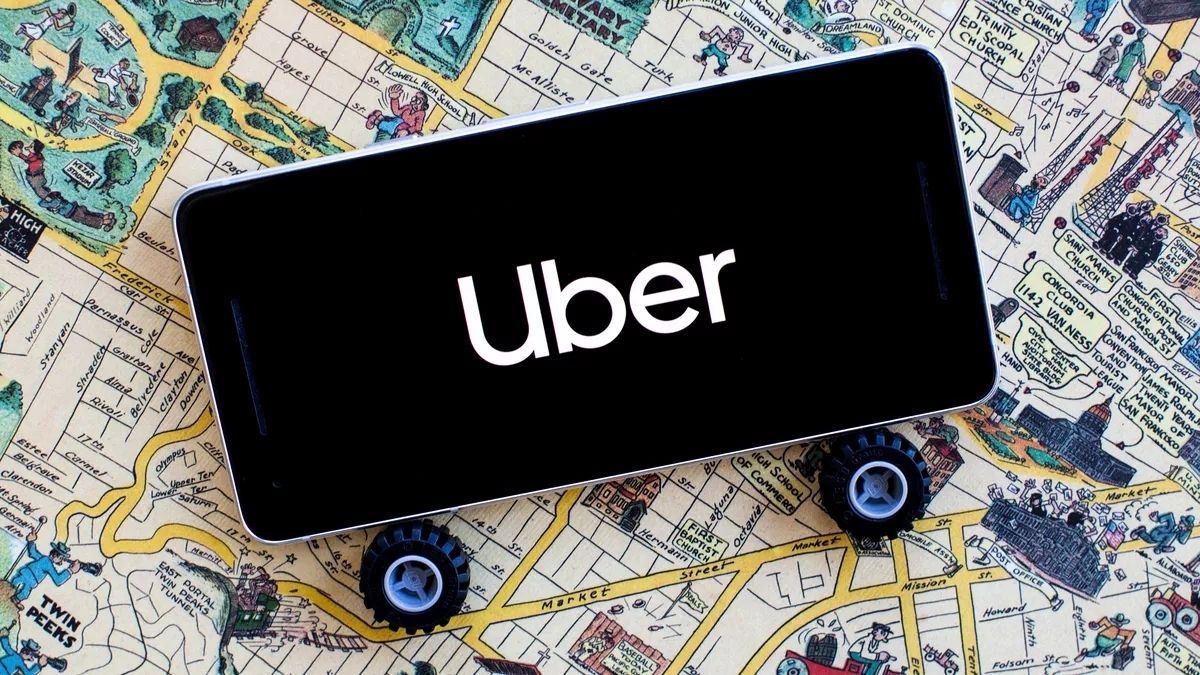Uber’s transit service mainly used in lower-income U.S. city outskirts, company data shows

The findings highlight the dependence on public transport by essential workers who could not stay home during the pandemic.
To replace costly bus lines, whose ridership has fallen drastically during the pandemic, cities look to the service to subsidize Uber trips for its passengers.
75% of on-demand transit trips began or ended in lower-density neighborhoods with fewer than 15,000 jobs and people per square mile, Uber’s data showed.
Uber and Lyft Inc have been working with some cities for several years though partnerships have increased during the pandemic. Mass transit providers cut service during these months, turning to ride-hail companies to offer transportation options for essential workers.
Some gave monthly bus-pass holders a limited number of rides, others covered the entire cost for regular trips to and from essential workplaces.
Though ridership has increased back to around 70% of pre-pandemic levels, the transit agencies are now considering expanding on-demand services to serve remote areas previously not connected to the transit network, a representative from Uber said in a statement.



